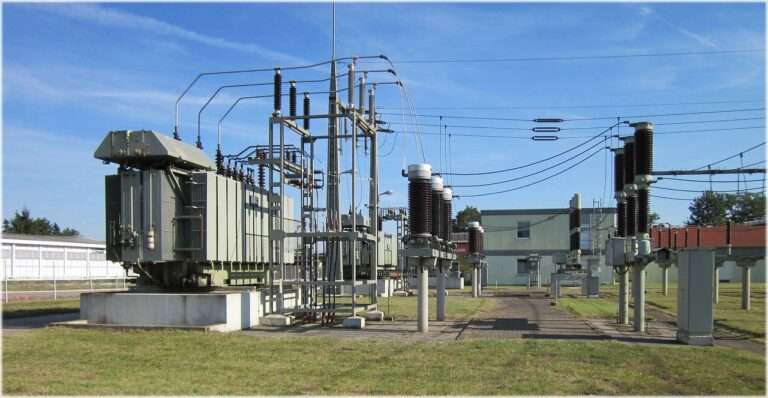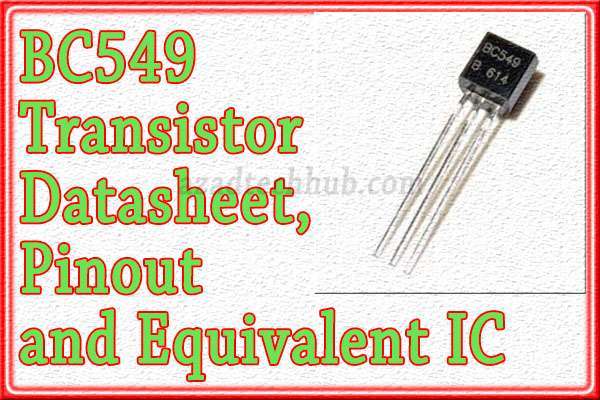Solar Energy System and Importance of MPP Tracker
Table of Contents
Solar Energy Systems Basics
Introduction
The MPP tracker in a solar energy system; which we also call a maximum power point tracker is basically an observing software that is almost built-in in every on-grid or grid-tied solar inverter. In our previous article regarding the solar energy system working and the basics of solar panel parameters, we know how the IV curve and power curve of solar panel work.

We can have a better understanding of the MPP Tracker if we know how an IV curve of a solar panel works exactly. The output current and voltages of the solar panels continuously change with different environmental changes. So, the IV Curve and Power curve of solar panels also change with the variation in environmental conditions. Firstly have a look at the IV curve and power curve of the solar panels.
IV Curve and Power Curve Of Solar Panel
As we draw the current and voltage of a solar panel on a curve, we observe the following curve.

The Y axis represents the current of the solar panel and the X axis is showing the voltage of the solar panel. On the X axis, we observe the open circuit voltages in the open circuit condition of the solar module from the solar power system. On the Y axis, short circuit current is the maximum current that we observe during any faulty condition or any short circuit.
This is the maximum current that only flows in case of a short circuit condition. A solar module cannot supply this much current in normal operation. Now have a look below at the Power curve of the solar panel connected to the solar power system along with the IV curve.

As we can see in the above power curve of the solar panel, the power curve touches the IV curve at a point. We call it the maximum power point in a solar energy system. We have discussed these curves in our previous article, which you can read by clicking here. Every solar panel has its own maximum power point.
So, let’s dive into some more details of the maximum power point tracker working principles in a solar energy system.
Maximum PowerPoint in Solar Energy System
We can see the power curve in the above figure, the point of intersection is the maximum power point. At this point, the voltage and current are the maximum voltage “Vmp” and current “Imp”. As we move toward the right on the curve the power starts decreasing. The same happens if we move toward the left on the curve.
So, we will get maximum power only if the solar panel delivers power at this point. Which in actual scenarios doesn’t happen. As the load changes and demands more current. The solar panels cannot supply due to the fact that they don’t operate on maximum power point. We have also discussed with examples in our previous article how solar panels react towards load in the solar energy system.
Maximum PowerPoint Tracker(MPP Tracker)
So, as we have seen that solar panels can only supply maximum power when they are operated on maximum power point, and to make it happen, the MPP Tracker comes into place. This MPP tracker is just a built-in software with hardware that is integrated into every grid-tie or on-grid solar inverter. How does it function and makes solar panels operate and supply power on maximum power point?
It algorithm basically works on the formula of power. We know in a DC system we have power equivalent to the product of voltage and current. This algorithm continuously monitors the voltage and current and gives feedback to the converter circuit which we have already discussed in our previous article with a block diagram.
The converter circuits convert the voltages and current to keep remain in the MPP range of the inverter. Most of the inverters connect in the circuit on the DC side with HRC fuses because these fuses provide better protection against short circuit and overloads. Read more operation of HRC fuses and types of fuses to employ in your circuit.
An Example in a Solar Power System
Let’s say in the morning time, the sunshine or irradiation for the solar power system is very low around 100wh/m2. So, at this irradiation level, a specific string of modules is generating around 100 volts. But our solar PV inverter MPP tracker voltage range is around 200V-1000V. So feedback will be sent to the converter circuit to boost the voltages.
We have written a detailed article on dc to dc converter circuits, their operation, and types. On Grid and OFF- Grid Solar systems utilize batteries along with them where the MPP tracker algorithm remains the same. Lithium ion batteries are mostly used in efficient solar systems.
You can go through it for a better understanding. Hence the converter circuit increases voltages and the MPP Tracker starts working and continuously monitors the current and voltages of the string. Have a look at the block diagram.

As the MPP tracker starts working, its algorithm always keeps the voltage and current product maximum by just giving feedback to the converter circuit. Its algorithm stores the maximum product value until a new higher value is not achieved. Hence the cycle goes on and solar panels supply maximum power to the inverter circuit. The DC power at the output will be the regulated DC.
The inverter circuit converts the regulated DC power to the equivalent AC power at the output of the solar energy system. Most of the solar irrigation systems work very well with variable frequency drives and suitable pumps. Most of solar tube wells employ centrifugal and submersible pumps in their design due to best performance. Read more about different types of pumps here.
Follow us on LinkedIn”Electrical Insights” to get the latest updates in Electrical Engineering. You can also Follow us on LinkedIn and Facebook to see our latest posts on Electrical Engineering Topics.
Worth Read Posts
- What is a Variable Resistor?
- Lithium Ion Batteries
- CR2032 Battery
- Methods of Electrical Earthing
- Electrical Earthing Important Types
- Plant Factor, Plant Capacity Factor, and Load Factor
- Buck Converter Interview Questions
- DC DC Converter Interview Questions
- Transformer Electrical Interview
- Top 30 Op Amp Interview Questions
- Power Electronics Interview Questions



